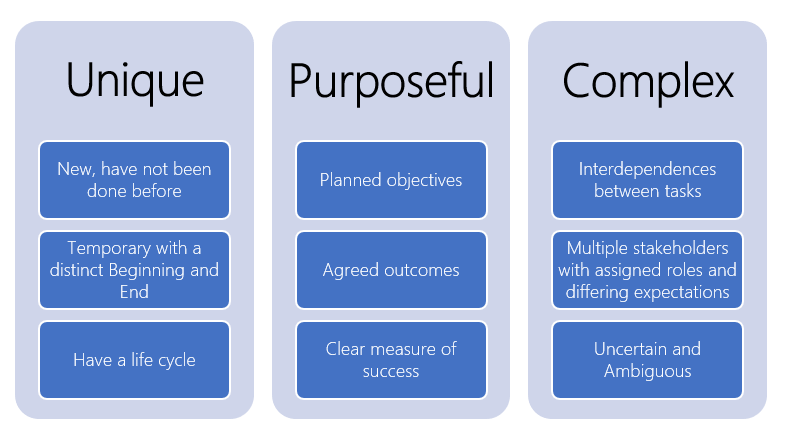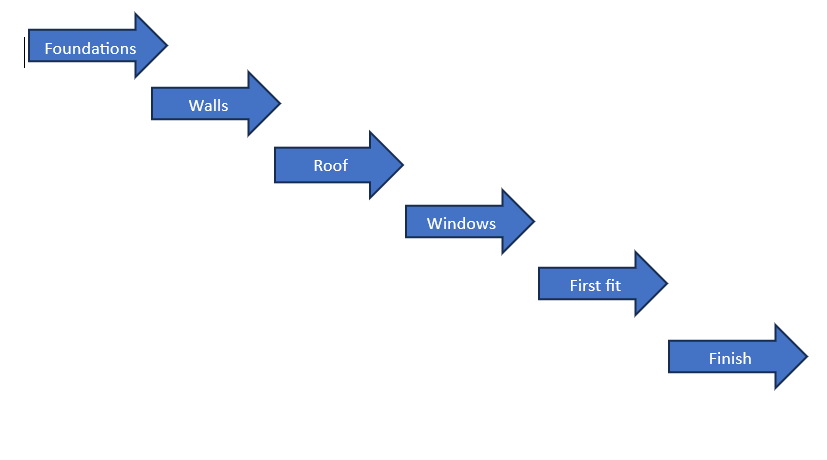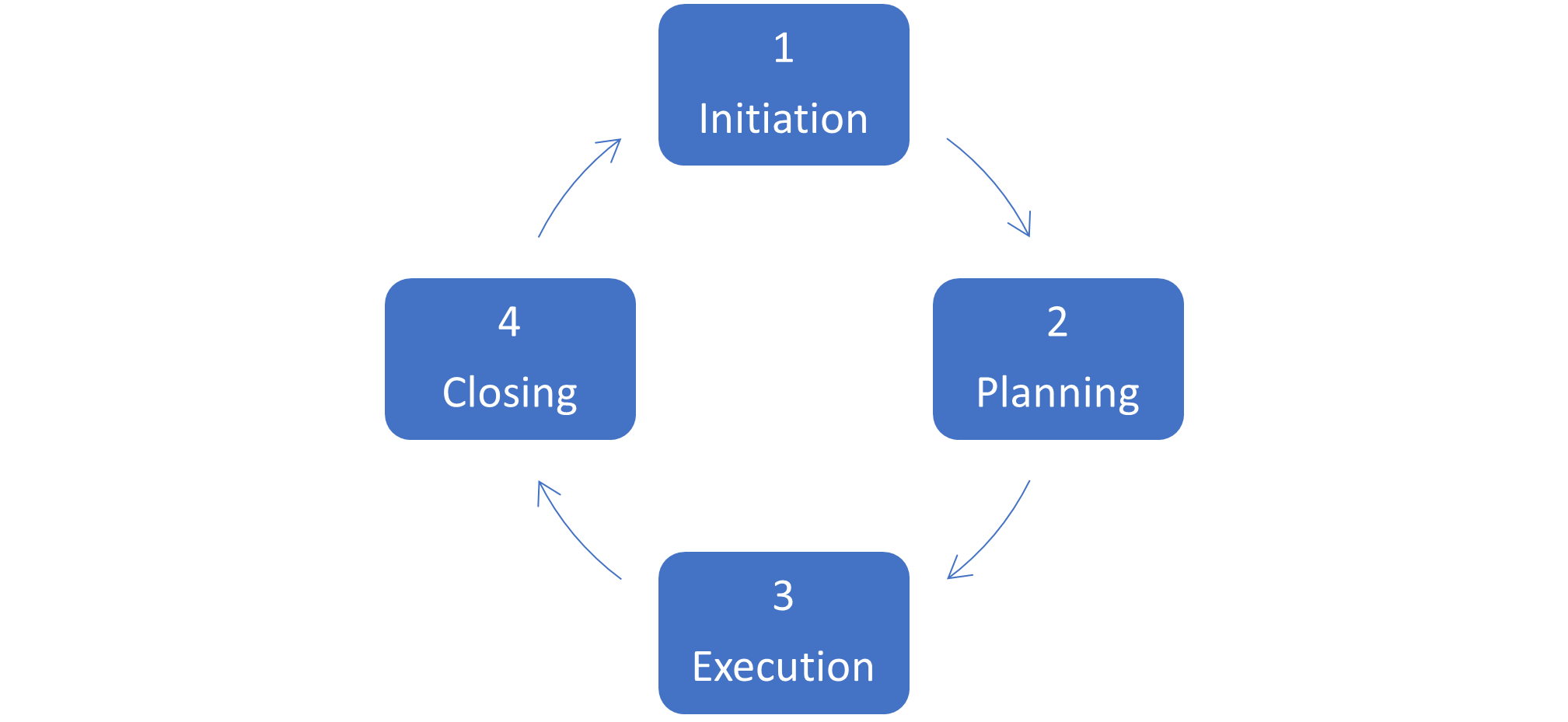In the 1950s and 1960s, the Space Race not only pushed the boundaries of human exploration, but also revolutionised the way we manage complex projects.
The intense competition between the United States and the Soviet Union to achieve spaceflight supremacy led to the development of innovative management techniques.
These methodologies were designed to handle the immense challenges of space exploration and have since permeated various aspects of the business world. In this blog, we will explore five such management techniques that were born out of the Space Race and are now ubiquitous in the realm of business.
Systems Engineering
Emerged as a way to handle the complexity of aerospace projects. It integrates different disciplines to ensure all parts work harmoniously, leading to efficient and reliable outcomes. The Apollo program’s success, for instance, was largely due to this approach, with Wernher von Braun utilising it for the Saturn V rocket.
Today, systems engineering is used in various industries to manage complex projects. For example, in software development, it integrates different disciplines like coding, user experience, and testing to ensure a cohesive product.
Project Management
Became more structured with tools like PERT and CPM developed during the Space Race. The Polaris missile project, managed by Admiral Hyman Rickover, used these tools to manage its development, influencing modern project management practices.
Project Management has evolved with trends like digitisation, creating efficiencies and allowing for rapid evolution in business practices. Modern Project Managers are viewed as influencers, leveraging technology to streamline processes and focus on strategic goals.
Quality Assurance
This was vital for ensuring the reliability of space technology. The HACCP system, developed to ensure astronaut food safety, is now a standard in food manufacturing. Dr. Howard Bauman of Pillsbury was instrumental in developing this system for NASA, which later became widely adopted in the food industry.
Quality Assurance in businesses today involves assessing and analysing the quality of a product throughout its design, development, and production processes. It’s used to improve the overall consistency of operations at every stage.
Innovation Management
Crucial for the rapid technological development during the Space Race. The development of GPS technology, initially for space applications, has transformed numerous industries on Earth. James Webb, NASA’s second administrator, played a crucial role in managing the innovation necessary for the Apollo missions.
Innovation Management is the process of managing ideas from inception to implementation. Businesses use it to create structures and processes that inspire innovation amongst employees, leading to modernisation and enhancement culturally, structurally, or strategically.
Collaborative R&D
Involved partnerships between government, academia, and industry, which were crucial for the Space Race. The collaboration between NASA and companies like Lockheed Martin and Boeing led to significant advancements in space technology. Thomas J. Watson Jr., CEO of IBM, collaborated with NASA to provide the computing power needed for the Apollo missions.
Today, collaborative R&D involves partnering with different institutions like universities, research institutes, and other companies. It’s used to pool resources, knowledge, and expertise, driving down research expenses and fostering innovation.
Conclusion:
The Space Race was a period of intense innovation that extended far beyond the technological feats of rockets and satellites. It gave birth to management techniques that have become staples in the business sector. From systems engineering to collaborative R&D, these methodologies have shaped modern business practices, emphasising the importance of cross-disciplinary collaboration, rigorous quality assurance, and strategic innovation management.
As we reflect on these contributions, it becomes clear that the legacy of the Space Race continues to influence our approach to business management today. These five techniques are a testament to the enduring impact of one of humanity’s most ambitious endeavours.










